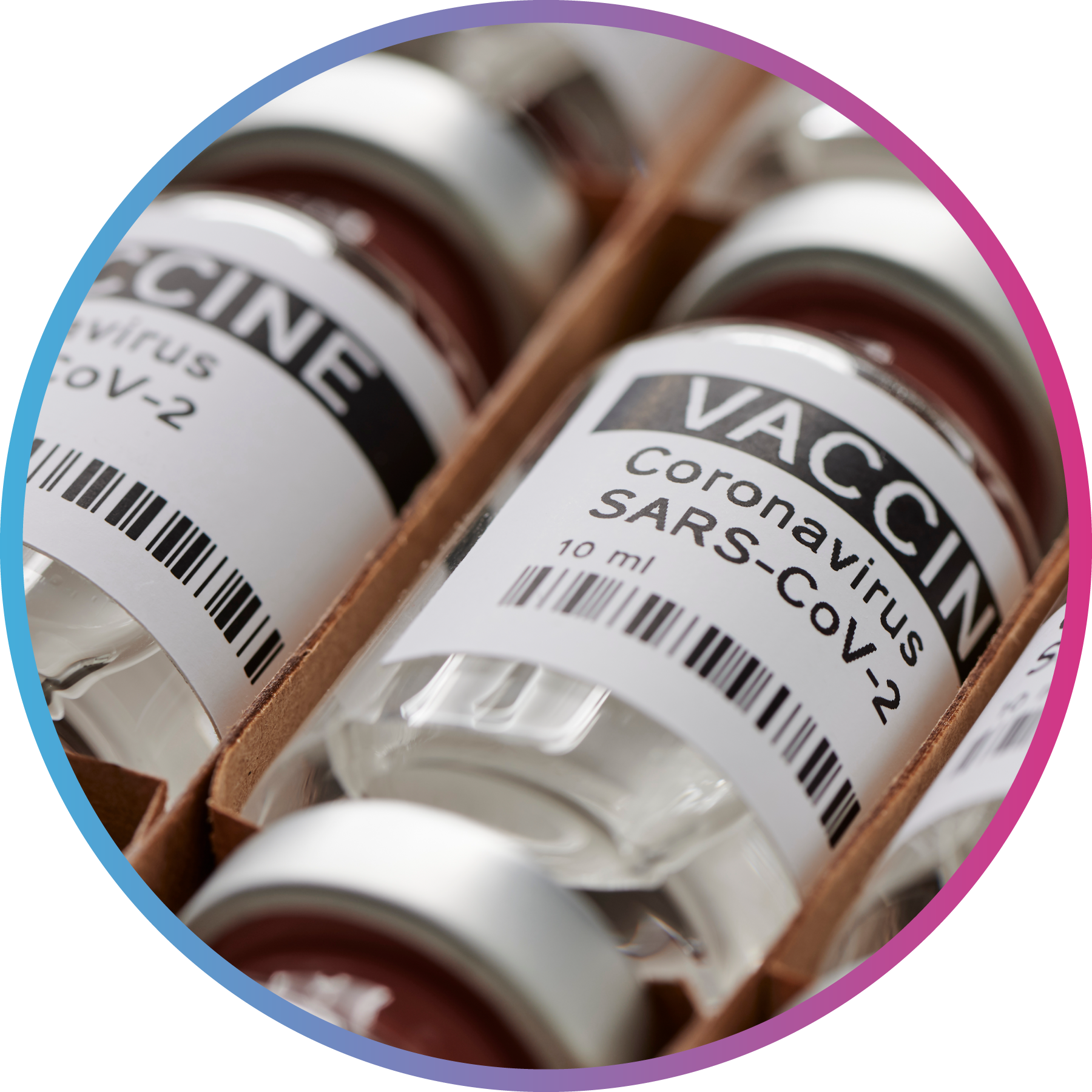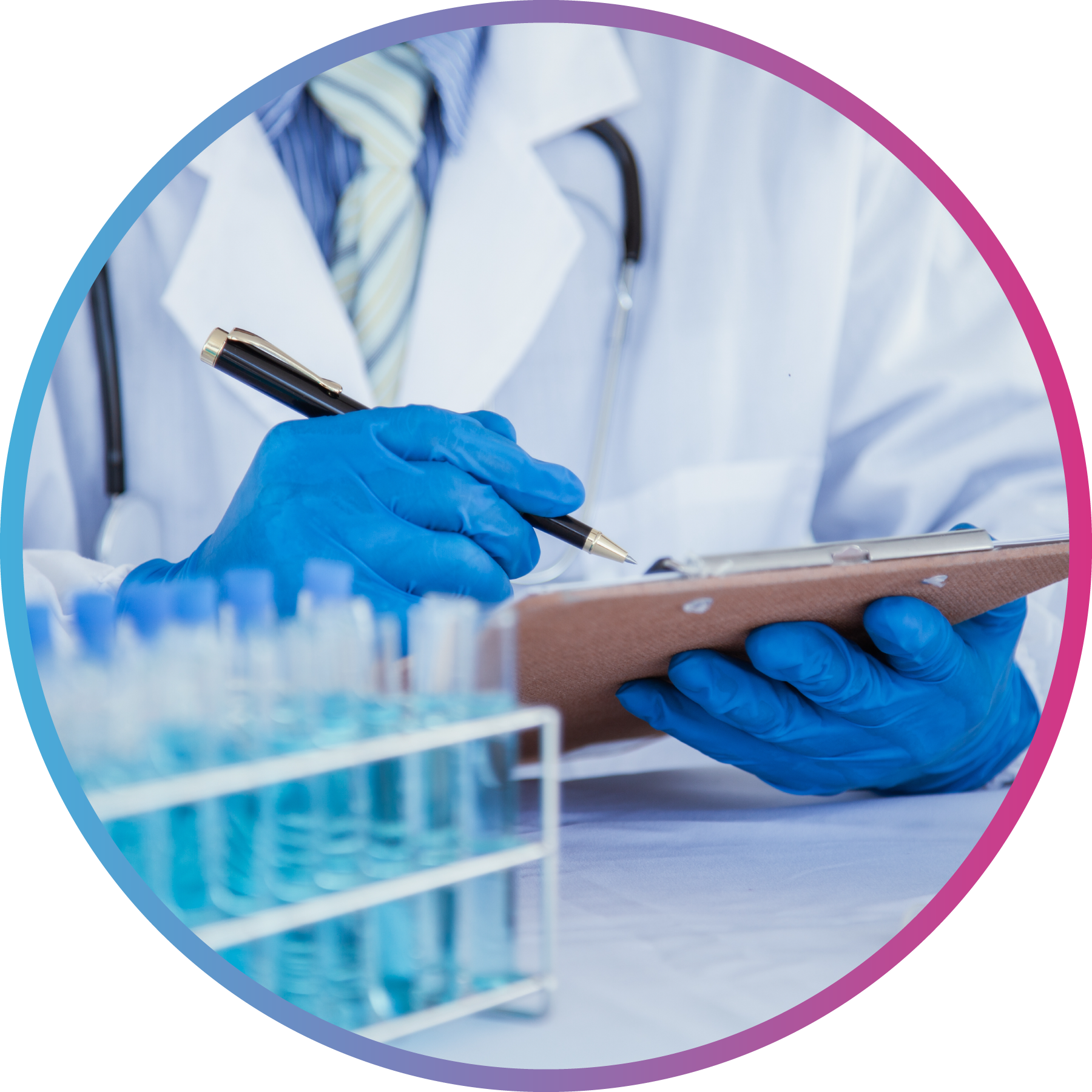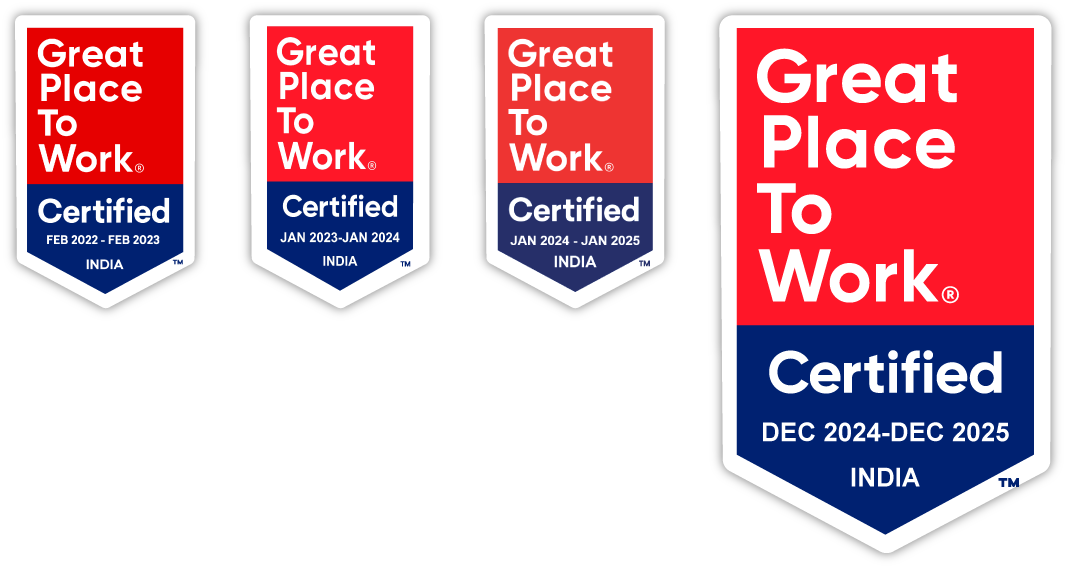As COVID-19 spread rapidly across the globe, vaccines were quickly developed and submitted for regulatory approval. Though most of the global population was enthusiastic about receiving the vaccine, a skeptical minority questioned the validity of the vaccine rollout. To help educate the audience and build trust in vaccines, pharmaceutical companies engaged key opinion leaders (KOLs) to communicate the efficacy and safety credentials of their newly developed vaccines. In this blog, we discuss the development of COVID-19 vaccines, the use of KOLs in communication strategies, and Excelra’s ability to source and supply eminent KOL data to a broad range of pharmaceutical clients.

Coronavirus disease 2019 (COVID-19) is an infectious disease caused by the severe acute respiratory syndrome coronavirus 2 (SARS-CoV-2).1 In December 2019, the first case of Covid-19 was reported in Wuhan, China. It would quickly spread throughout the world, infecting 660 million and killing 6 million over the next three years.2 By March 2020, the World Health Organization (WHO) had declared COVID-19 an unprecedented pandemic, and many governments attempted to combat the spread of the disease with public curfews and lockdowns. Businesses closed, public gatherings were sanctioned, and the pharmaceutical industry raced to develop an effective vaccine.
COVID-19 virus is transmitted via respiratory droplets. Contact with an infected person or contaminated surface can transfer the virus to a new host, so the primary defense against the virus was to avoid confined spaces with other people and to shield the nose and mouth with a protective mask. Observable symptoms vary from patient to patient. Some experienced fevers, coughs, or loss of taste and smell; others suffered severe breathing difficulties and pneumonia. Most patients recover, but in many cases, the disease can be fatal.
In the early stages of the pandemic, scientists had limited available evidence on the dynamics of the virus and struggled to identify potential treatments. But as time progressed, the data increased, helping researchers identify opportunities for drugs and vaccines. Of those that met regulatory approval and were made available to populations, some were newly developed, and others were repurposed.
Treatments for COVID-19
Treatments for COVID-19 vary depending on the severity of symptoms. If the symptoms are mild, no specific antiviral or immunotherapy is needed.3 But where treatment is required, the options include antiviral drugs, monoclonal antibodies, anti-inflammatory drugs, and immunomodulators.
As of January 2023, the options considered most effective4 are:
- Nirmatrelvir with ritonavir
- Baricitinib
- Sotrovimab
- Bebtelovimab
- Sotrovimab
- Remdesivir
- Molnupiravir
- Ritonavir

Vaccines against COVID-19
Vaccines are the most effective method of disease prevention. In simple terms, they train the immune system to produce antibodies that protect the subject against disease. Controlled vaccines are a much safer way for a person to produce antibodies than by infection. As soon as the genetic code for SARS-CoV-2 was made available to them, scientists the world over began intense vaccine development programs. The first vaccines to be successfully approved by the US Food and Drug Association (FDA) were those developed by Pfizer-BioNTech and Moderna.
Pfizer-BioNTech BNT162b2
Moderna Spikevax
Janssen Ad26.COV2.S
Novavax NVX-CoV2373, adjuvanted
Following a considerable effort, there are fortunately now many vaccines available for COVID-19. But following the development of these vaccines, pharmaceutical companies had to build confidence in their efficacy among cautious populations. The vaccines were rapidly developed and authorized for use, so there was hesitation amongst some groups to place trust in the development and trial process, amplified in part by vocal opponents and misinformation spread through social media.
To build trust, companies focused on marketing the benefits and safety credentials of their treatments. One of the most effective means to do so was to engage eminent healthcare and scientific professionals to effectively communicate the value of vaccines to a non-scientific community. These individuals are known as key opinion leaders (KOLs).
The role of KOLs in vaccine industries
Vaccine companies work with a variety of medical professionals, including doctors, university professors, and other experts, during the development of treatments or in their marketing strategies. During the development of COVID-19 vaccines, these experts were often vaccinators or immunologists.
Take, for example, Professor Dame Sarah Gilbert. Professor Gilbert is a vaccinologist and professor of vaccinology at the University of Oxford.13 She was one of the principal developers of Oxford AstraZeneca’s covid vaccine, which has been administered to millions since its regulatory approval on 30 December 2020 for the UK vaccination programme.14
There are many such healthcare providers, advisory board members, speakers, and authors of medical publications who serve as KOLs. Another is Ben Locwin, who worked with some of the top COVID-19 vaccine candidates to produce their successful submissions for authorization and approval.15 He is also a member of the pharmacology and vaccine advisory boards and has published widely referenced publications on the COVID-19 pandemic.

How do KOLs promote awareness and the use of vaccines?
Speaking at conferences
KOLs who work for vaccine companies are familiar with the benefits and challenges of vaccines. They convey critical information in various ways, such as speaking about the company’s research or the newly launched vaccines at conferences, science congresses, and other public audiences. Dr. Julia Bespyatykh of the Federal Research and Clinical Centre of Physical-Chemical Medicine in Russia is one example of positive KOL impact, having delivered an influential oral presentation on CoviVac efficacy in adults at Virtual Congress IVC-2022.16
Lectures
KOLs also work as prescribers of newly developed vaccines by delivering lectures about the new products on various platforms.
Scientific journals
KOLs also write for scientific journals and magazines about ongoing vaccine research, increasing awareness of upcoming products. Sir Andrew Pollard, chief investigator for the clinical trials of the Oxford-AstraZeneca COVID-19 vaccine, published a number of articles related to the association of HLA alleles with COVID-19 vaccine immunogenicity and the risk of breakthrough infection.17,18
How Excelra helps identify KOLs for the pharmaceutical industry
At Excelra, we help pharmaceutical companies maximize their marketing strategies by identifying KOLs to support their customer communications. We identify domain experts and map them according to eminence in a disease area or geography, and provide comprehensive reports on their ability to raise awareness of new treatments entering the market. Our KOLs help clients build consumer trust in their products, detailing benefits and safety credentials to healthcare professionals and patient communities. As we’ve discussed in relation to public confidence in the administration of COVID-19 vaccines, KOLs can combat false information or hesitancy amongst audiences. Sourcing eminent, high-quality KOL data is critical in the delivery of new treatments and an essential feature of effective go-to-market strategies.
With our domain expertise and data curation credentials, we are trusted by some of the world’s largest companies to deliver the KOL data they need in an efficient and cost-effective manner. We incorporated highly optimized techno-human processes to screen scientific literature, web content, public sources, and conference material to select and assess suitable KOLs.
No effective healthcare marketing strategy is complete without a KOL component. To find out how we can fulfill your KOL requirements, get in touch.
References
1 Coronavirus disease (COVID-19): Symptoms, causes & prevention. (n.d.). Retrieved February 2, 2023, from Cleveland Clinic website: https://my.clevelandclinic.org/health/diseases/21214-coronavirus-covid-19
2 WHO Coronavirus (COVID-19) dashboard. (n.d.). Retrieved February 2, 2023, from Who.int website: https://covid19.who.int/
3 Gatti, M., & De Ponti, F. (2021). Drug repurposing in the COVID-19 era: Insights from case studies showing pharmaceutical peculiarities. Pharmaceutics, 13(3), 302. doi:10.3390/pharmaceutics13030302
4 COVID-19 drugs: Are there any that work? (2023, January 20). Retrieved February 2, 2023, from Mayo Clinic website: https://www.mayoclinic.org/diseases-conditions/coronavirus/expert-answers/coronavirus-drugs/faq-20485627
5 Polack, F. P., Thomas, S. J., Kitchin, N., Absalon, J., Gurtman, A., Lockhart, S., … C4591001 Clinical Trial Group. (2020). Safety and efficacy of the BNT162b2 mRNA Covid-19 vaccine. The New England Journal of Medicine, 383(27), 2603–2615. doi:10.1056/NEJMoa2034577
6 Pfizer-BioNTech COVID-19 vaccines. (n.d.). Retrieved February 2, 2023, from U.S. Food and Drug Administration website: https://www.fda.gov/emergency-preparedness-and-response/coronavirus-disease-2019-covid-19/pfizer-biontech-covid-19-vaccines
7 Haynes, B. F. (2021). A new vaccine to battle covid-19. The New England Journal of Medicine, 384(5), 470–471. doi:10.1056/NEJMe2035557
8 Moderna COVID-19 vaccines. (n.d.). Retrieved February 2, 2023, from U.S. Food and Drug Administration website: https://www.fda.gov/emergency-preparedness-and-response/coronavirus-disease-2019-covid-19/moderna-covid-19-vaccines
9 Sadoff, J., Gray, G., Vandebosch, A., Cárdenas, V., Shukarev, G., Grinsztejn, B., … ENSEMBLE Study Group. (2021). Safety and efficacy of single-dose Ad26.COV2.S vaccine against Covid-19. The New England Journal of Medicine, 384(23), 2187–2201. doi:10.1056/NEJMoa2101544
10 Janssen COVID-19 Vaccine. (n.d.). Retrieved February 2, 2023, from U.S. Food and Drug Administration website: https://www.fda.gov/emergency-preparedness-and-response/coronavirus-disease-2019-covid-19/janssen-covid-19-vaccine
11 Heath, P. T., Galiza, E. P., Baxter, D. N., Boffito, M., Browne, D., Burns, F., … 2019nCoV-302 Study Group. (2021). Safety and efficacy of NVX-CoV2373 covid-19 vaccine. The New England Journal of Medicine, 385(13), 1172–1183. doi:10.1056/NEJMoa2107659
12 U.S. fda grants emergency use authorization for Novavax COVID-19 vaccine, Adjuvanted for adolescents aged 12 through 17. (n.d.). Retrieved February 2, 2023, from Novavax Investor Relations website: https://ir.novavax.com/2022-08-19-U-S-FDA-Grants-Emergency-Use-Authorization-for-Novavax-COVID-19-Vaccine,-Adjuvanted-for-Adolescents-Aged-12-Through-17
13 Sarah Gilbert. Retrieved February 2, 2023, from Ox.ac.uk website: https://www.ndm.ox.ac.uk/team/sarah-gilbert
14 Conditions of authorisation for COVID-19 vaccine AstraZeneca (regulation 174). (n.d.). Retrieved February 2, 2023, from Gov.uk website: https://www.gov.uk/government/publications/regulatory-approval-of-covid-19-vaccine-astrazeneca/conditions-of-authorisation-for-covid-19-vaccine-astrazeneca
15 Ben Locwin. Retrieved February 2, 2023, from Linkedin.com website: https://www.linkedin.com/in/ben-locwin
16 Immune responses to inactivated vaccine against COVID-19 (CoviVac) in adults’ individuals. (n.d.). Retrieved February 2, 2023, from Vaccinescongress.com website: https://vaccinescongress.com/program/scientific-program/2022/immune-responses-to-inactivated-vaccine-against-covid-19-covivac-in-adults-individuals
17 Professor Sir Andrew Pollard FMedSci. Retrieved February 2, 2023, from Ox.ac.uk website: https://www.ovg.ox.ac.uk/team/sir-andrew-pollard
18 Mentzer, A. J., O’Connor, D., Bibi, S., Chelysheva, I., Clutterbuck, E. A., Demissie, T., … Knight, J. C. (2023). Human leukocyte antigen alleles associate with COVID-19 vaccine immunogenicity and risk of breakthrough infection. Nature Medicine, 29(1), 147–157. doi:10.1038/s41591-022-02078-6
How can we help you?
We speak life science data and help you unlock its potential.


